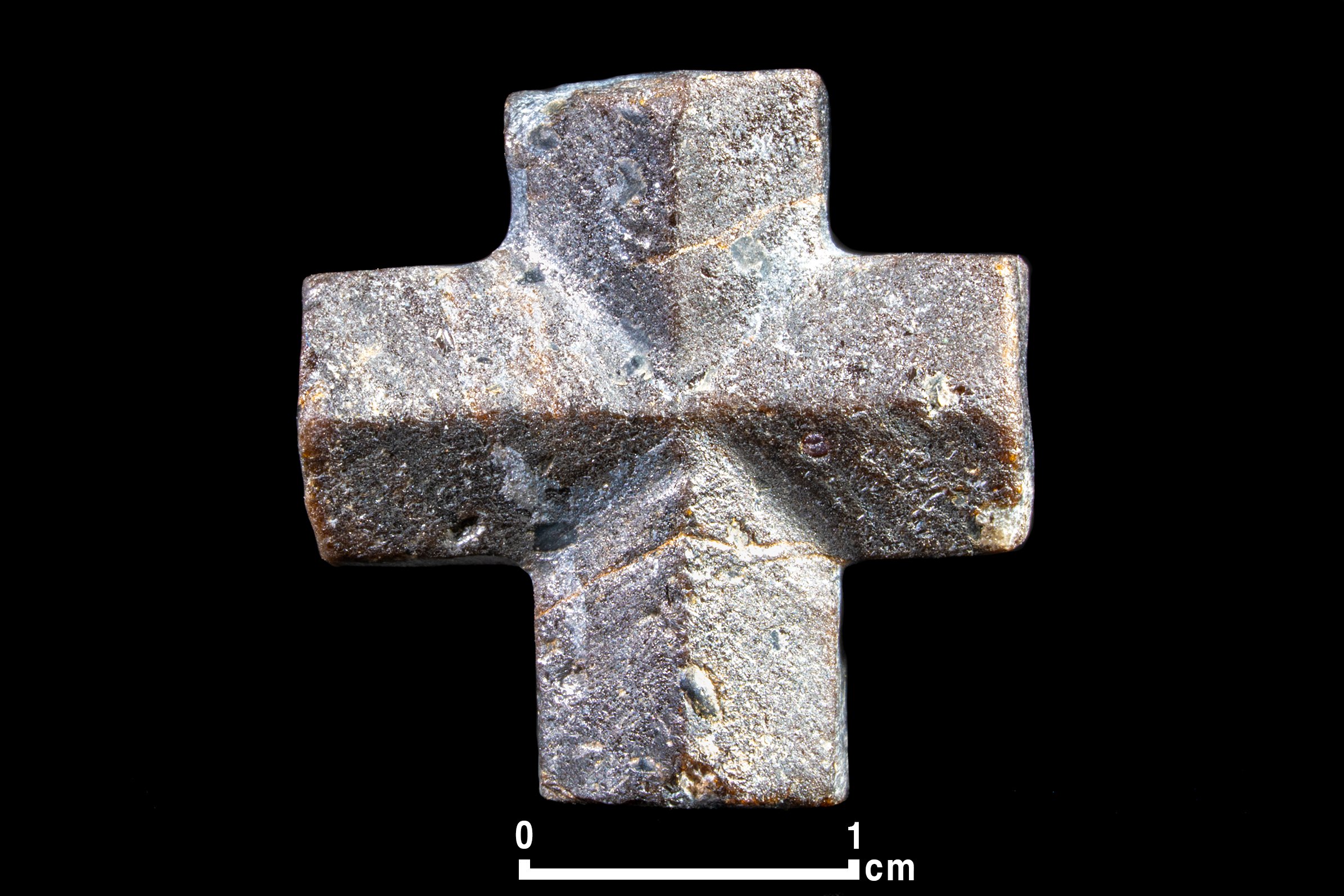
Minerals & Crystal Systems
About Minerals
Minerals are naturally occurring solids with a specific chemical composition and a distinctive, ordered internal structure, in contrast to rocks, which consist of variable mixtures of minerals.
Minerals can be classified by their chemistry, color, electrical conductivity, shape, luster, or other properties. Variations in color are often due to impurities within the atomic structure. The specimens in this collection are arranged by crystal system, or shape (see downloadable diagrams). There are seven crystal systems, which differ in the angles formed between the crystal faces.
The beauty and aesthetic appeal of crystals derive from macroscopic attributes such as symmetry, color, and luster. However, crystals also vividly illustrate how interactions between atoms produce rich, varied, and systematic arrangements of the inorganic constituents of solid matter. Consequently, they invite us to reflect on deeper questions about design and order in the fabric of nature (Madhiri, 2021).
Reference:
Madhiri N., 2021. The periodic table and design. In Gibson, L.J., Nalin, R., and Rasi, H.M. (eds.), Design and Catastrophe: 51 Scientists Explore Evidence in Nature. Andrews University Press, Berrien Springs, MI, pp. 9-12. Available at: grisda.org.
Mineral Specimens at GRI
Triclinic System
KAISi3O8
AI2SiO5
CaMn3Mn(Si5O15)
Orthorhombic System
BaSO4
PbCuSbS3
S
Monoclinic System
NaFe(Si2O6)
Cu3(CO3)2(OH)2
K(Mg,Fe)3(AISi3O10)(F,OH)2
Co3(AsO4)2.H2O
As4S4
CaSO4.2H2O
Fe2AI9O6(SiO4)4(O,OH)2
Cubic System
CaF2
FeS2
(ZnFe)S
Trigonal System
SiO2
CaCO3
Cu6Si6O18.6H2O
(Ca,K,Na)(AI,Fe,Li,Mg,Mn)3
(AI,Cr,Fe,V)6(BO3)3
(Si,AI,B)6O18(OH,F)4
(AI,Cr,Fe,V)6(BO3)3
(Si,AI,B)6O18(OH,F)4
SiO2
Hexagonal System
Pb5(VO4)3Cl
Tetragonal System
(K,Na)Ca4Si8O
(F,OH)8H2O
(F,OH)8H2O
CuFeS2
PbMoO4
ZrSiO4
Further Reading
Mineralogy: A world of law and beauty
by Benjamin L. Clausen



























